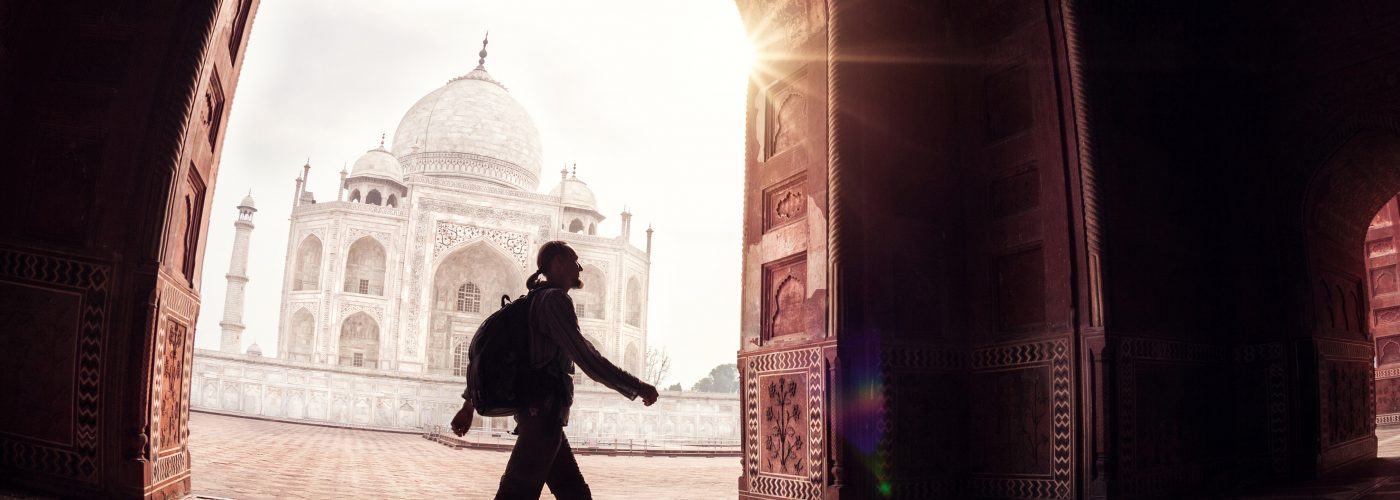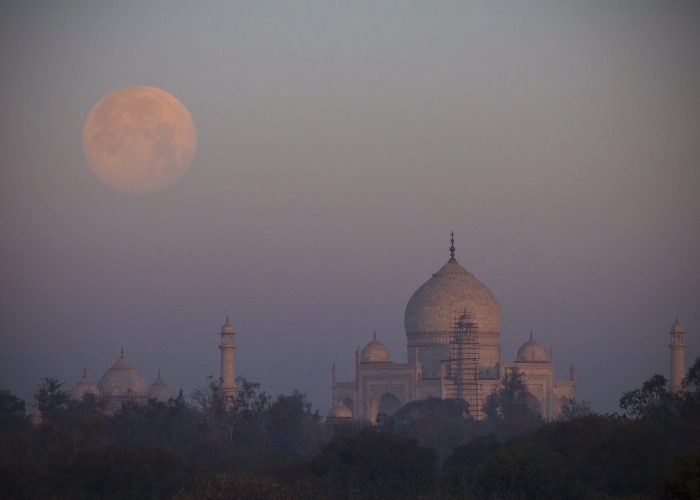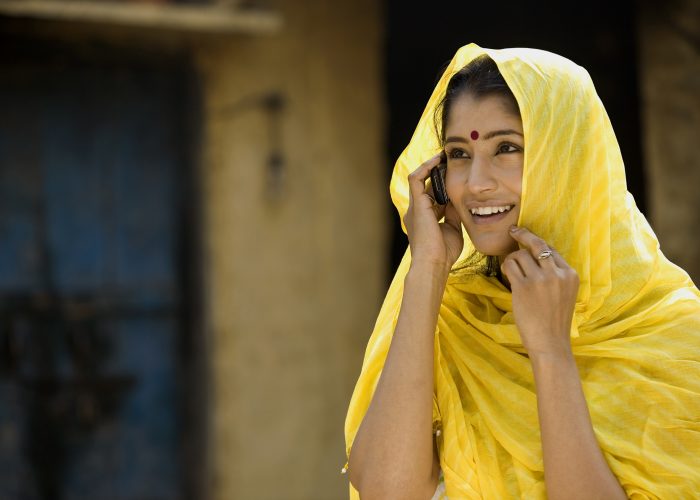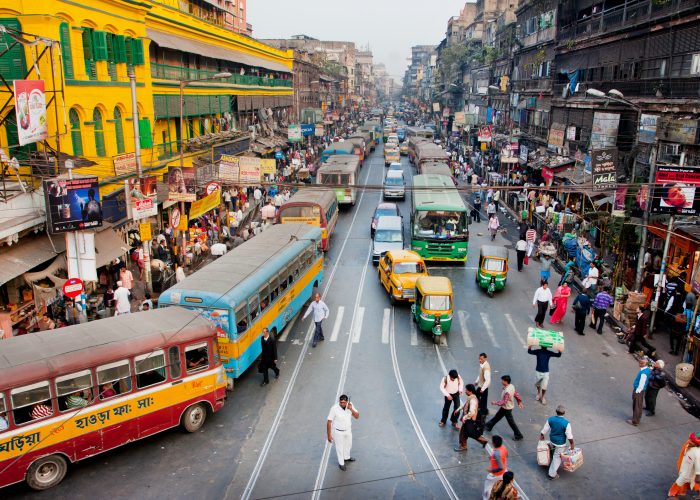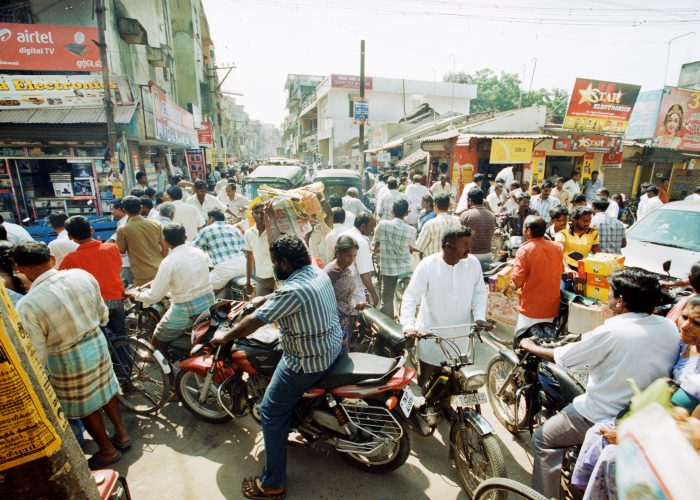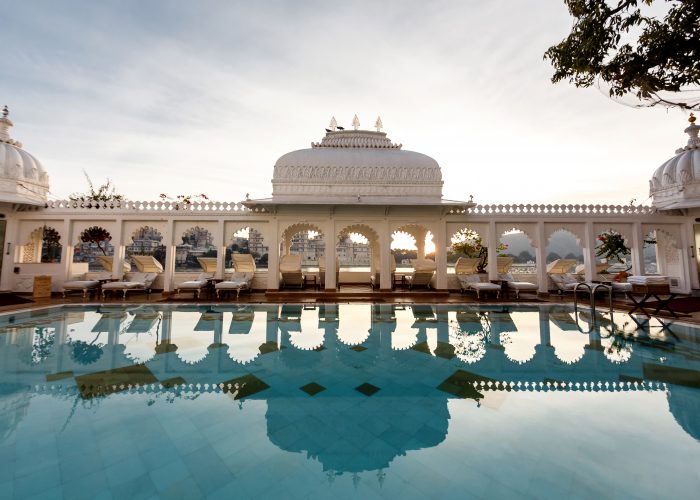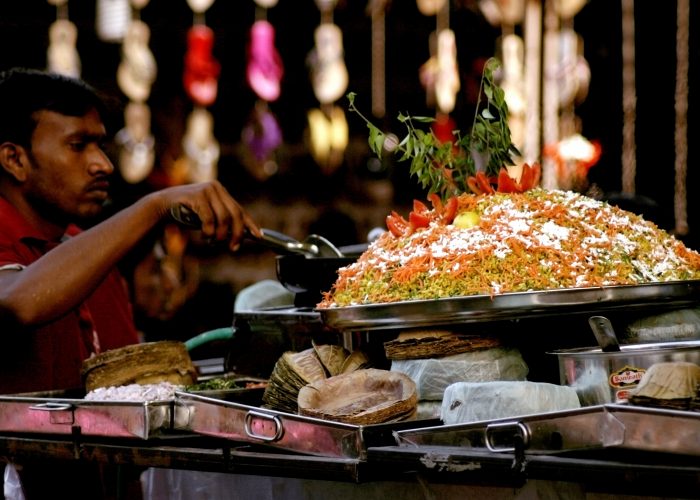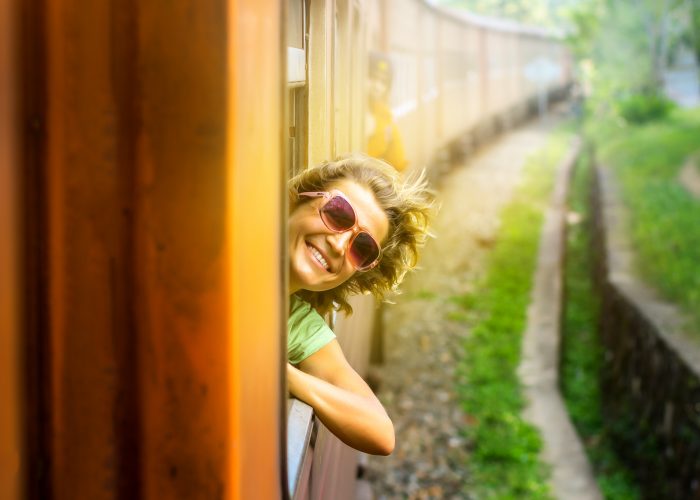10 things to know before visiting India
There is no place like India: it is a colorful mash-up of elephant gods, Bollywood, technological innovation, and extreme poverty. India will push you beyond your comfort zone, yet it is there that true magic may occur. These minor details will protect you from losing your mind on the path to enlightenment.
Written by Matt Jenkins
Don’t kid yourself: The smog is real.
New Delhi now has the worst air pollution in the world, and cities like Agra, Mumbai and Calcutta are close behind. There are few things more depressing than seeing smog inside your hotel lobby before you depart to the Taj Mahal. But you can do several things to improve your chances of seeing India in the best light.
Winter air pollution is the worst, so try to visit during other seasons of the year (although be aware that summer heat can be brutal and monsoon rains ferocious). Bring a decent face mask—preferably one with an NIOSH rating of N95 or higher—and don’t be afraid to use it. The US government publishes credible real-time air quality data from its sensors in New Delhi, Mumbai, Calcutta, Chennai, and Hyderabad, which may be used to choose which days to go.
Call ahead (or ask someone to do it for you).
On Monday, many tourist attractions are closed. The Taj Mahal is closed on Friday in accordance with Muslim custom. There are more holidays in India than there are bangles on a sari (there are many gods in the Hindu pantheon, yet Hinduism is only one of six major religions in India), thus things may be closed when you want to visit them. Call beforehand, like true Indians would.
Don’t overschedule.
It’s all too tempting to attempt to jam too much into a single day. And there’s no worse way to immerse yourself in a foreign culture than attempting to squeeze in one more famous shrine before supper while trapped in traffic in 100-degree weather. Slow down and take it all in.
Modesty is a virtue.
In India, religion is a very public topic. While this usually causes conflict, it also means that people are extremely comfortable guiding you through the fundamental dos and don’ts of visiting a shrine, temple, or mosque. No matter where you are, there is one unbreakable rule: don’t dress like you’re going to Palm Beach for spring break. A large majority of India’s tourist sites are active houses of worship, and showing up in shorts or a tank top is considered impolite. Many establishments, such as the enormous Sunday mosque in Old Delhi, will provide some sort of cover-up to wear inside. If not, they will simply tell you that you are not permitted to enter.
Fair-haired children are like unicorns in India.
If you have them, be prepared for a paparazzi-style pursuit, especially in popular tourist destinations. It is, of course, entirely acceptable to accommodate the crowds of picture enthusiasts you are likely to encounter, but it may soon get tiresome. Prepare to politely refuse and, if necessary, to play a strong defense.
Embrace the ancient art of baksheesh.
Doling out cash is a way of life for Indians, who have no qualms about “tipping” the postman’s half-wage day’s simply to obtain an important piece of mail. Yes, the distinction between a bribe and a tip might be hazy. However, if you establish a habit of carrying tiny cash and are prepared for the inevitable entreaty for a small consideration, things will go more easily. (Keep in mind that India is a really poor country, so the money will typically mean a lot more to the receiver than it will to you.) Baksheesh has a grace to it, at least when done properly: if it feels like a parasitic transaction, you’re entirely right in telling your petitioner to screw off.
Yes, the driving really is as bad as people say it is.
Side-view mirrors are only ornaments, and honking appears to be a substitute for defensive driving. Just take a deep breath and remember that there is some order in what appears to be chaos. It only takes some practice to get the hang of it. Two things to keep in mind: The automobile in front always has the right of way, even if it is turning into traffic. And if you conceive of it as forceful, rather than aggressive, driving, the lunacy will seem less suicidal.
Splurge for a good hotel.
Even if you’re keen to enjoy the most genuine experience possible, don’t scrimp on your lodgings. It is difficult to exaggerate the value of a clean, comfortable respite from the smog, heat, traffic, and never-ending requests for baksheesh at the end of each day.
Order what your driver’s having.
Allowing your guide or driver to order their food before you can be a fantastic way to explore off-menu culinary options. Fresh lime sodas, for example, are a minor religion in India, yet the two options on menus are salty or sweet. If you mix both, as many Indians do, you’ll obtain a magical elixir that will keep you going through even the hottest day the subcontinent has to offer.
Trust your instincts.
This is true worldwide, but it is especially true in India. First-world visitors are notorious for being overly concerned with cultural sensitivity. But just because you’re in a different culture doesn’t mean you shouldn’t trust your Spidey instincts. Small things can quickly deteriorate in India due to hazardous driving behaviors, typically poor-quality health care, and often heinous attitudes toward women. If anything doesn’t seem right, take command of the situation—firmly, if necessary—and leave. Tomorrow is a new day, and with it, a fresh opportunity for the type of cross-cultural encounter you’d rather not forget.











